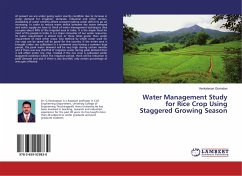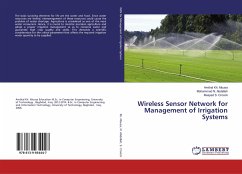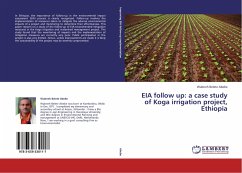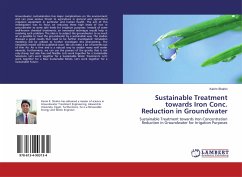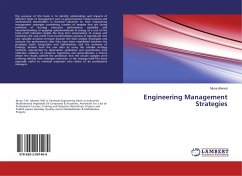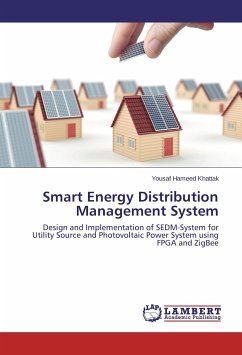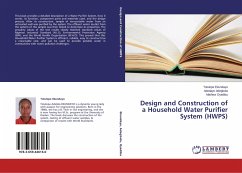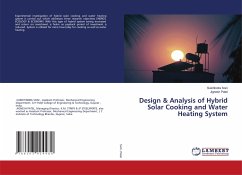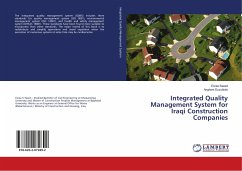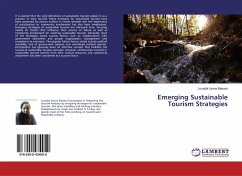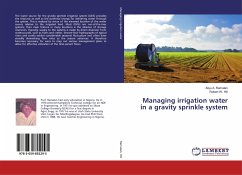
Managing irrigation water in a gravity sprinkle system
Versandkostenfrei!
Versandfertig in 6-10 Tagen
41,99 €
inkl. MwSt.

PAYBACK Punkte
21 °P sammeln!
The water source for the gravity sprinkle irrigation system (GSIS) provides the resource as well as the potential energy for delivering water through the system. This is realized by virtue of the elevated location of the water source relative to the irrigated land. Most GSIS's are run-of-the-river systems; their main feature in many locations is the absence of storage reservoirs. Typically, supply to the systems is made by direct diversion from watercourses, such as rivers and creeks. Stream-flow hydrographs of typical rivers and creeks exhibit considerable seasonal fluctuation and often have ...
The water source for the gravity sprinkle irrigation system (GSIS) provides the resource as well as the potential energy for delivering water through the system. This is realized by virtue of the elevated location of the water source relative to the irrigated land. Most GSIS's are run-of-the-river systems; their main feature in many locations is the absence of storage reservoirs. Typically, supply to the systems is made by direct diversion from watercourses, such as rivers and creeks. Stream-flow hydrographs of typical rivers and creeks exhibit considerable seasonal fluctuation and often have steadily diminishing flow rates as the season advances. It therefore becomes necessary for users to map out various management plans to allow for effective utilization of the time-variant flows.



